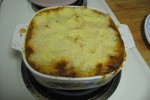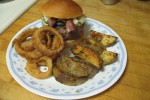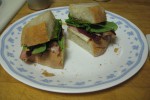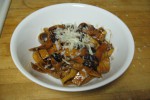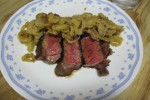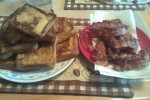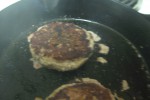Tag: Cooking
derryX’s “Maybe I’m the shepherd” shepherd pie
derryX makes a proper shepherd pie…
THE local burger…
derryX makes the quintessential local burger…
The duck proscuitto panino that wasn’t
derryX makes a killer panino! (or kills a panino)
A pasta dish that is just too sweet!
derryX makes some sweet pasta for a change…
The Operation: nWo 2 Announcement…
derryX outlines the details of Operation: nWo 2
How to eat ribeye steak (with buttermilk shallot rings)
derryX basically cooks steak and onion rings…
The derryXmas Spread…
derryX shows you what’s on the table for Xmas eve and Xmas morning…
derryX’s adventure in food…
derryX has an adventure in food…
The big half pounder!
derryX tries to make special burgers…
derryX’s Local Xmas Wishlist
derryX gives some supplemental material for an AOA post…
